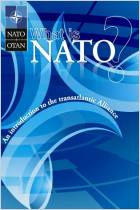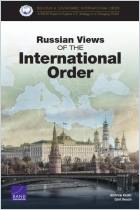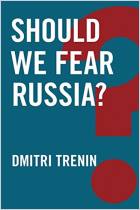
Read or listen offline
Amazon Kindle
auto-generated audio
1×
Log in to listen to the audio summary.
auto-generated audio
Recommendation
NATO came to life as a defensive alliance to thwart Soviet communist expansion. Rather than declaring itself obsolete in the wake of the Soviet Union’s collapse, however, NATO began to focus on new security challenges, including cyber-defense, terrorism and human trafficking. Yet Russia’s intervention in Ukraine has partially revived NATO’s original role. getAbstract recommends this dossier by the Lichtenstein-based Geopolitical Intelligence Services (GIS) to those seeking an overview of NATO’s shifting challenges.
Summary
About the Author
GIS is a Lichtenstein-based publisher of geopolitical forecasts and analyses.
By the same author
Article
Article
Learners who read this summary also read
Report
Book
Book
















Comment on this summary or Start Discussion